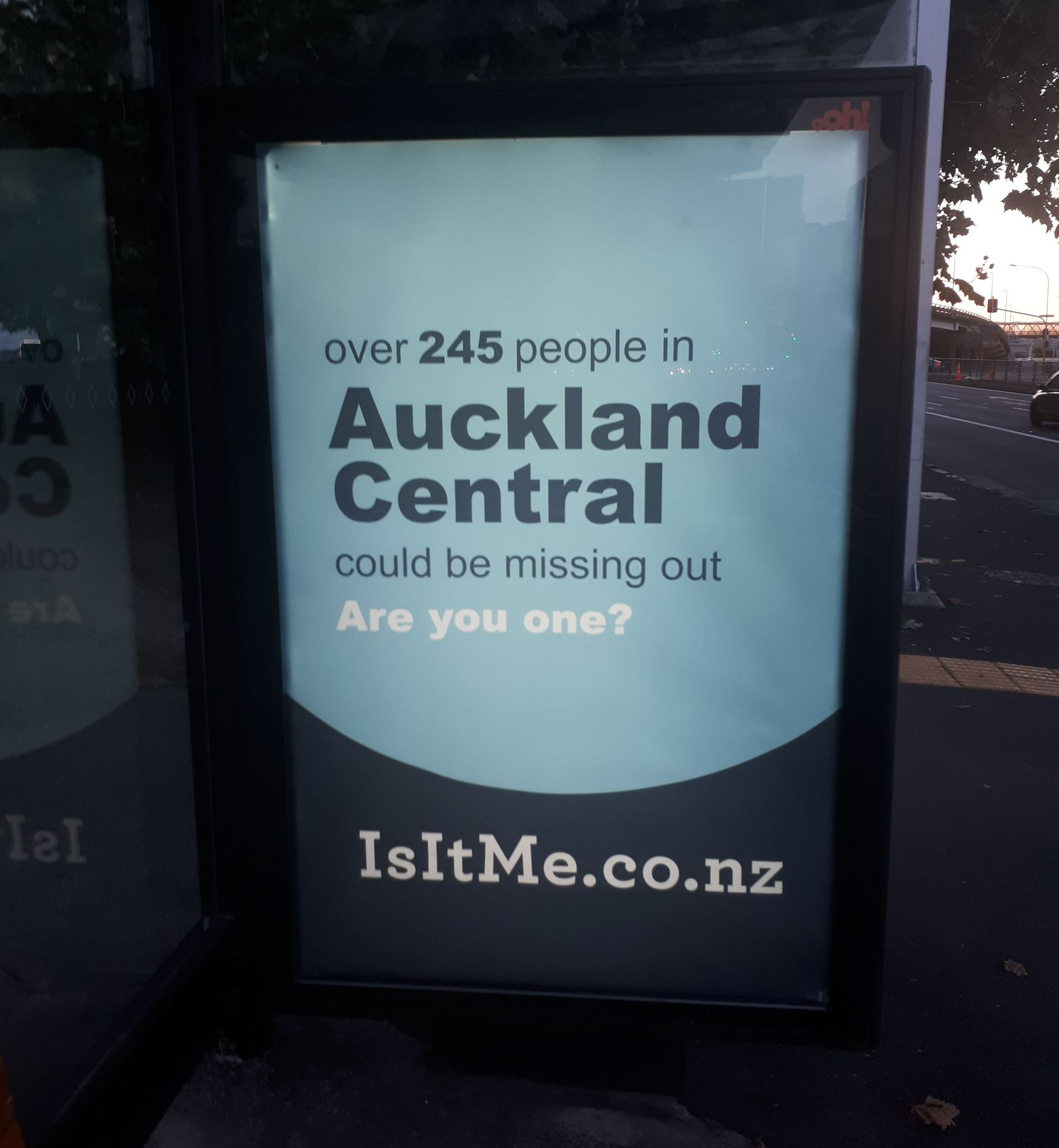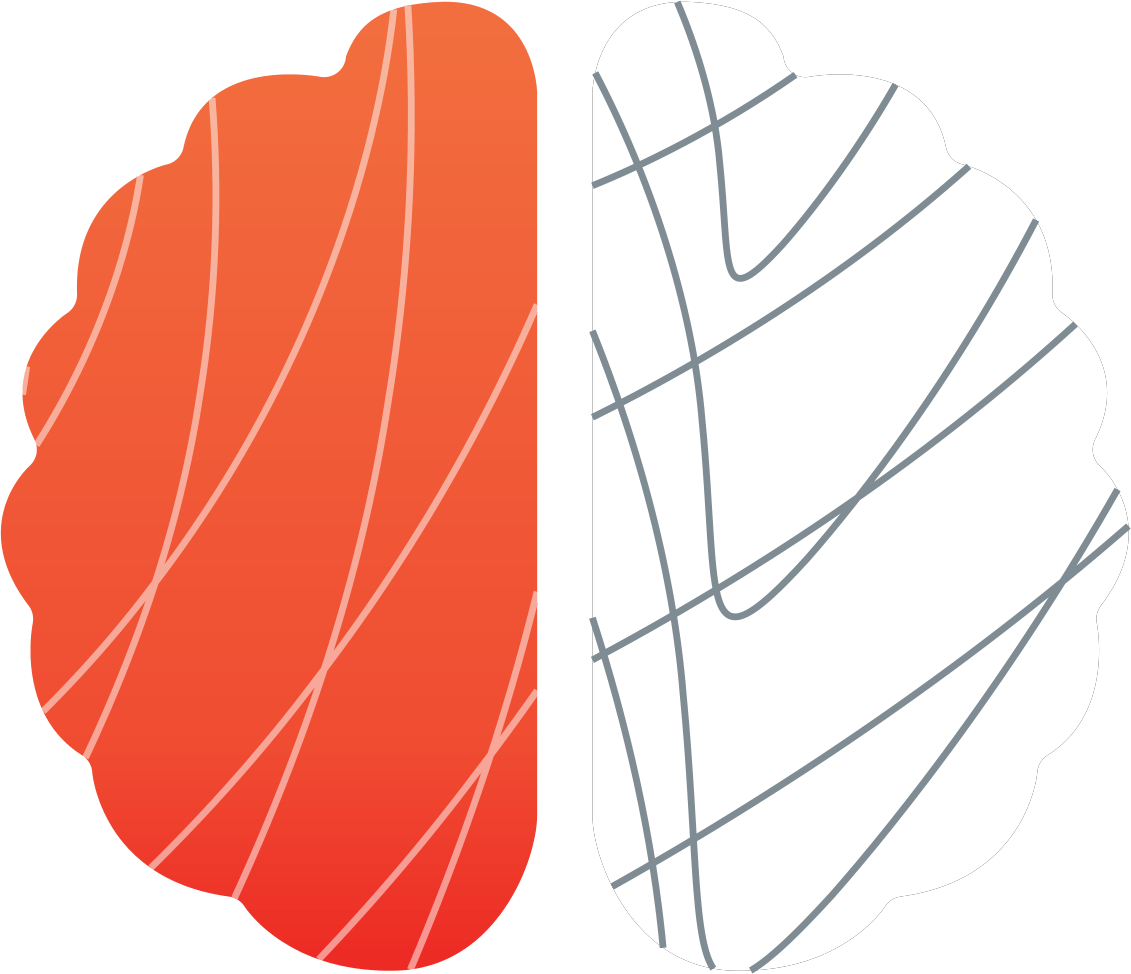Dose & Co: Supplementing success
Dose & Co is a collagen supplement brand from the disruptive Zuru Edge stable. Launched in New Zealand in 2019, early success led them to expand globally in 2020, with products in stores across Australia, the USA and UK. With Khloe Kardashian coming on board as a brand ambassador driving considerable traffic to their website, Dose & Co wanted to ensure they maximised the opportunity ahead of them, utilising ecommerce agency 10XL and behavioural insights agency NeuroSpot to unpack Dose & Co customer behaviour. This ensured that the latest thinking in behavioural economics could be applied successfully in a digital environment to drive long-term brand growth.
The Challenge
Dose & Co run a successful ecommerce site in several key markets around the world, achieving well above average conversion rates. They wanted to further improve on their success, to ensure they were taking advantage of the opportunity in front of them. They knew that an understanding of customer behaviour was crucial - but what did they need to do next?
Working alongside 10XL, Dose & Co's ecommerce agency, NeuroSpot provided insights into consumer psychology and behavioural economics to help enhance their online store to support consumers to make a purchase decision in the moment.
The Solution
We needed to find the right problem to solve. The team began with a UX/Behavioural audit to generate a range of solutions that could be tested and implemented. This included:
- page by page review of the customer's journey through the site.
- review of major past changes and the corresponding impact on results.
- audit of elements within the site design that could influence conversion/sales, and what could be added into the design.
- reviewing existing customer journeys via Hotjar and Google Analytics to see what customers were actually doing on the site and where the greatest opportunity was for the brand.
After looking at which parts of the site were underperforming, we used some existing decision-making frameworks from the world of behavioural economics to pinpoint what was driving these outcomes. Did people have the ability to respond the way they wanted to? Were they motivated to act? Were we presenting consumers with the right triggers? The team came up with a hypothesis and used site data to rule out any confirmation bias.
This led us to three main hypotheses about what was holding customers back from following through and purchasing the product. As a result, we were able to make simple changes to the site content and user journey, that reduced some of the barriers to purchase, affirmed a customer's interest to purchase - and increased their motivation to take action.
The Results
The solutions were A|B tested in a live site environment to determine whether they influenced customer behaviour.
The result? A 35% improvement in conversion rate.
NeuroSpot worked with 10XL on this project. On working with a behavioural insights agency, Founding Partner Christopher Andrew had this to say:
"As far as optimising customer touchpoints go, we're pros at helping brands test and learn from their ecommerce experiences. Good design is more than just painting pixels - optimisation takes a team effort. Typical CRO programmes get 30% uplifts after a years worth of experimentation - but not every client we find has the time to wait to get lucky with their experiment design. Working with NeuroSpot meant that we can design smarter tests that work with how our customers make decisions in their shopping experience, deliver the most effective changes for Dose & Co, and improve success rates beyond what A|B testing best practice would usually obtain. At its heart, good marketing is about understanding what is going on in our customers' heads."
And we'll leave the final word to the client, Marc Day, Lead Print & Digital Creative from Zuru Edge:
"The online retail environment is constantly changing, ruthlessly competitive and rewards innovative thinking. Our partnership with NeuroSpot led to a new approach to understanding why our customers choose to do what they do and provided a different lens to our evolving online offering. The key thing that made the difference to use, was their constant push on 'what do we do next' and their partnership with 10XL meant we could keep pushing forward."




